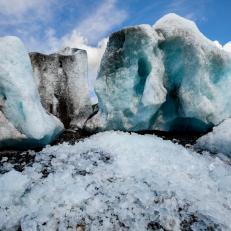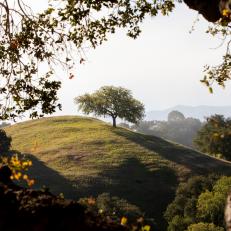How to Create A Backyard Oasis for Winter Wildlife
During the winter months, animals can often struggle to find enough food and shelter to stay alive. But if you want to create a sanctuary for the critters that frequent your garden, you do need to be careful about how you try to help. Leaving out the wrong food can cause more harm than good. Just follow these very simple steps to lend a helping hand to mother nature.
Shop This Look
Build Warm Refuges
Tree branches, leaves, and other cuttings and wood pieces make great refuges for rodents, reptiles, and birds. Build a protective, warm and safe refuge out of your unwanted clippings, making sure to stack wood pieces with plenty of space in between them, which will provide protection for rabbits, squirrels, and other small animals. If you have a compost heap, this makes a wonderful place for grass snakes, slow-worms and toads.












